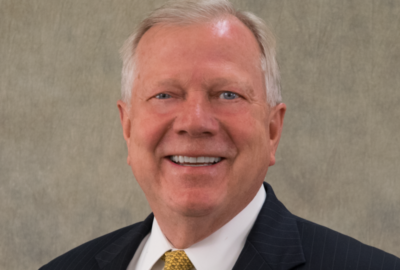
My interview for a federal CIO job; the only effective CIO governance model, and the New York state example
Reflections on an interview for a federal agency CIO appointment and why a strong CIO governance role with policy and operational authority is the only model fo...
In 2002, I was interviewed by the chief of staff of a major U.S. government agency that was considering me for an appointment as their chief information officer. Having left the CIO position in the state of California just two years earlier, I would have become the first state CIO to join the ranks of the federal CIO community.
In the course of our discussion, after the cordial preliminaries, we got serious. I mentioned that I had had a chance to review the documentation on the position, the role and responsibilities, the organization, the budget and so on, and speak with several other agency executives; then I came right to the point.
I told the number two person in the building that I thought the agency’s CIO governance model as was not an environment for success. I explained that it was unfortunately typical of so many public sector CIO positions – federal, state and local. The job had enormous responsibility, but came with limited staff, resources, enterprise IT budgetary responsibility, and worst of all, no operation authority or a direct reporting relationship to the secretary, as intended by the Clinger-Cohen Act of 1996.
However, I concluded my critical assessment with a request. If I accepted the position, would I be able to formulate a plan for serious consideration to overhaul the agency’s current weak CIO governance model that would encourage an environment for success that we all desired?
The answer was quick. “No.”
I appreciated the candor and the brevity, but the content itself was less welcome. The conversation deteriorated from there, and needless to say, I was not moving back to Washington, D.C., anytime soon.
I was reminded of that episode when I had the high privilege and distinct honor to have the State of New York CIO Bob Samson on my radio program recently.
I have known Bob since my early CIO days in Massachusetts, when he was with IBM, long before he made the jump into the public sector as Gov. Andrew Cuomo’s CIO in 2017.
As is evident, for better or worse, I have long been a fierce advocate of a strong CIO governance model whether it was in my role as a former CIO in two states and president of the National Association of State CIOs; or in my federal government involvement on the Government Accountability Office’s (GAO) Executive Council on Information Management and Technology.
That governance model very simply put is this: government CIOs at all levels can’t do their job with policy-only authority. They must have both policy and operational authority to be successful. And far too often, that is not the case.
Regarding New York, it was refreshing to hear from a CIO who has adopted that model in spades by consolidating 53 data centers into one primary and one backup facility; 27 email systems into a single enterprise application; and transferring over $4 billion and 4,000 employees from 47 agencies into the new centralized Office of Information Technology Services.
That’s an environment for success.
As I ruminated on these and other public sector CIO governance model developments during the recent National Association of State Chief Information Officers (NASCIO) conference in San Diego, I wondered if that successful CIO model was being adopted more often at the state level than at the federal one.
Perhaps warrants another article. Stay tuned …
Copyright © 2024 Federal News Network. All rights reserved. This website is not intended for users located within the European Economic Area.





